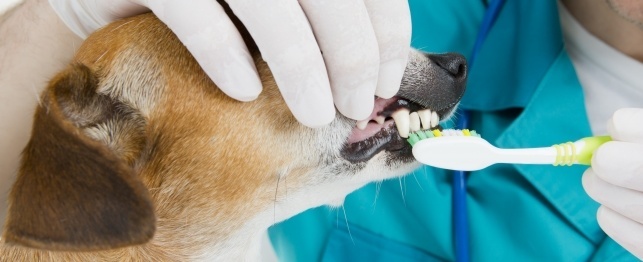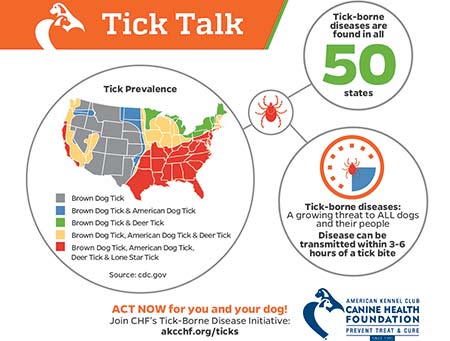
Your Aging Dog’s Cough Could be a Sign of a Tracheal Collapse
Collapsing trachea usually occurs in middle-aged to older dogs. It can happen in any breed, but typically is seen in smaller dogs. Obesity aggravates and amplifies the condition.
Dogs with tracheal collapse show a dry, hoarse, honking cough initiated by excitement, exercise, water drinking, or excessively high or low temperatures. The cough itself is non-productive (no phlegm), there is no nasal discharge, and the dog has no fever. They show severe panting, may have bluish mucous membranes, and their bouts of respiratory distress can be quite violent. These episodes can last for several minutes and generally resolve themselves.
What is happening when these violent bouts occur is a part of the trachea collapses and falls into the airway. The trachea is not a complete circular cartilaginous ring. Three sides are cartilage and the dorsal portion is a soft membrane. This membrane can become looser with age, although some dogs display collapsing trachea at a very young age.
Your veterinarian diagnoses collapsing trachea through physical exam (the cough can be initiated by handling the neck), radiographs, and fluoroscope during both inspiration and expiration.
Treatment involves relieving the dog's anxiety and panic, reducing any swelling and tissue irritation, keeping airways open, preventing secondary infection, and relieving discomfort with cough suppressants.
Severely affected dogs may require surgery, but most animals are managed medically.
Collapsing trachea is lifelong and progressive, but your veterinarian can help with recommendations, medications, and weight control measures that make your dog more comfortable.
 12 Things Every Puppy Owner Should Know
12 Things Every Puppy Owner Should Know
12 Things Every Puppy Owner Should Know
12 Things Every Puppy Owner Should Know
 An Ounce of Prevention: The Importance of Preventative Care for Dogs
An Ounce of Prevention: The Importance of Pre
An Ounce of Prevention: The Importance of Preventative Care for Dogs
An Ounce of Prevention: The Importance of Pre
 How to Remove a Tick from Your Dog
Removing a tick, or worse, ticks, f
How to Remove a Tick from Your Dog
Removing a tick, or worse, ticks, f
 6 Springtime Safety Tips for Dogs
6 Springtime Safety Tips for Dogs
6 Springtime Safety Tips for Dogs
6 Springtime Safety Tips for Dogs
 What Your 6-month-old Puppy Needs
What Your 6-month-old Puppy Needs
What Your 6-month-old Puppy Needs
What Your 6-month-old Puppy Needs
Copyright © 2005-2016 Pet Information All Rights Reserved
Contact us: www162date@outlook.com